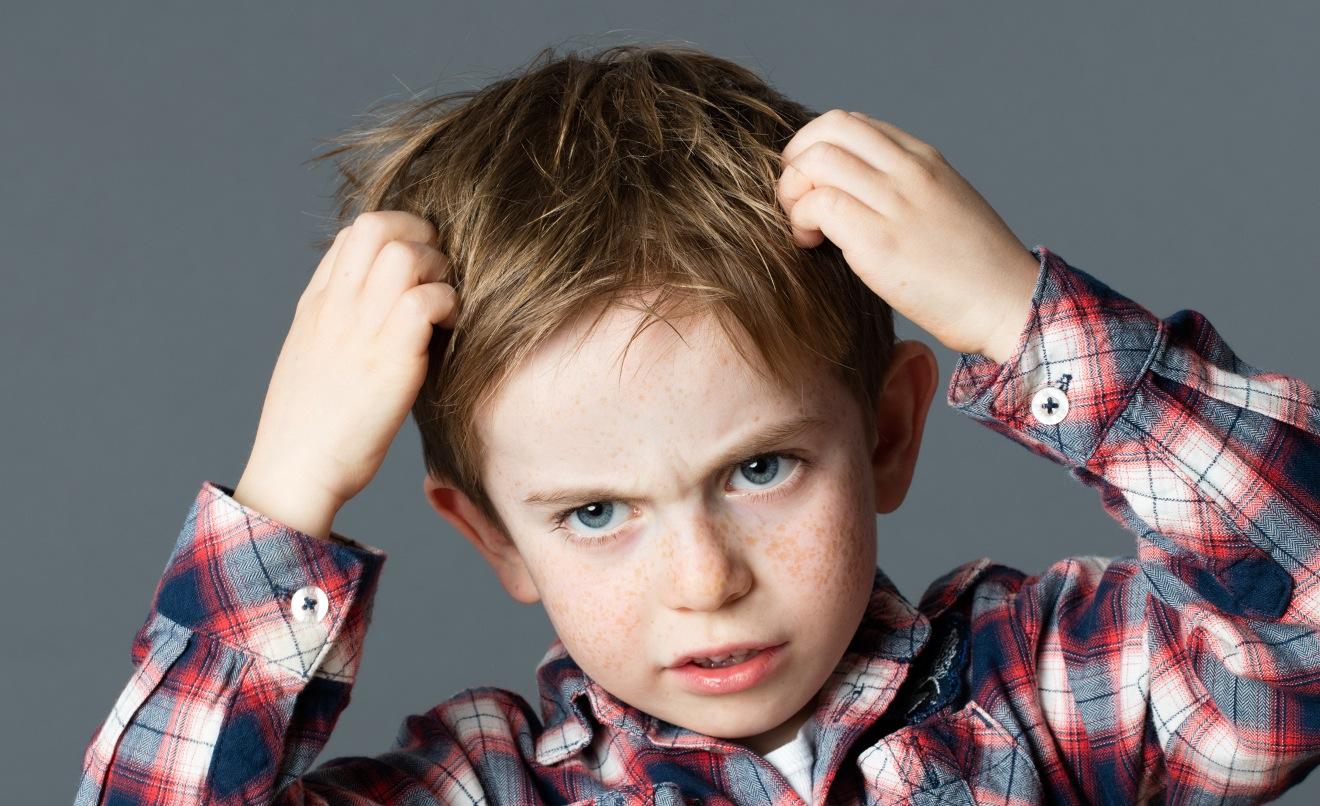
Virtually
all children between the ages of 3 and 12 have had head lice at least once in
their lives. These small undesirable bugs, barely measuring 2mm, feed on human
blood and live freely in the hair of small children, going from one head to
another by habitual contact. Their life cycle is about one month, and they pass
through three stages during this time: nit, nymph and adult. In this later
stage, females lay 4 to 8 eggs per day. Lice do not jump or fly, but they go from
one head to another by direct contact or by sharing hats, scarves and combs. Infestation
has nothing to do with poor hygiene. Indeed, lice do prefer clean, straight
hair rather than dirty, curly hair.
The most
obvious symptom of the presence of lice is an itching sensation on your head, which
may sometimes be accompanied by reddening. If your child scratches his/her head
very often, using a lice comb would be the best thing you can do. Lice are hard-to-see
brown and quite small bugs that move continuously. However, nits are easier to detect
as they are white and attached to the hair. If we place the head on a towel or over
the sink, as soon as we pass the lice comb, lice will fall off and nits will be
stuck to the teeth.
Many products
offered on the market to deal with infestation include insecticides and other
chemicals in their formula, and their instructions for use recommend not using
them continuously due to the irritation their components may cause on the
scalp.
If we bet
on a natural remedy, the essential oil of Tea Tree stands out for its
antifungal and antiparasitic properties. Its repellent power makes lice stay
away. Moreover, it has antiseptic properties, which are quite useful against lice
bites on the scalp. In addition, tea tree helps regulate the action of the
sebaceous glands of the scalp, thus contributing to protecting the scalp —be it
dry, oily or dandruff-prone.
How to use tea tree to fight head lice?
To use it,
add 3-4 drops of essential oil to your usual shampoo and use it avoiding eye
contact. You can also apply some drops directly to the areas where lice
feel most comfortable, on the nape and behind the ears.
In case of
infestation, treat the hair but also wash all clothing, including hats,
scarves, bed sheets, towels and cushions, as well as combs, ponytail holders
and ribbons, and isolate them in a bag for two days, which is the maximum time
that lice can live outside human bodies.
Other uses of tea tree
Tea tree not
only prevents the spread of lice but also has other very beneficial uses that
make it a real multi-tasking product.
Have baths
with hot water and a few drops of tea tree essential oil.
Apply the
essential oil of tea tree to the affected area with cotton several times a day.
Mix a few
drops in the lotion or water you usually use to cleanse your skin or put a drop
directly on the pimple with the help of a cotton swab.
As a
repellent, mix it with water and spray the room. For stings, apply undiluted.
Apply a few
drops with the help of a cotton swab until it dries.
Add 3-5 drops in a glass of
water and gargle to fight oral ulcers. If you add a few drops to your toothbrush
before washing your teeth, it will help eliminate bacterial plaque.